Cristopher Niell

Associate Professor, Department of Biology
I have spent most of my research career studying the development and function of neural circuits in the visual system. As a graduate student in Dr. Stephen Smith’s lab at Stanford University, I used two-photon imaging in the zebrafish optic tectum to study both functional receptive field properties and the developmental processes of growth and synapse formation. I then began work on the mouse visual cortex, in the lab of Dr. Michael Stryker at UC San Francisco, utilizing the mouse as genetic model system to investigate aspects of cortical organization and development. In my lab at University of Oregon, we are focused on understanding visual processing from the level of individual neurons up to brain-wide pathways, particularly in the context of behavior and different brain states.
Curriculum Vitae
Contact: cniell (at) uoregon (dot) edu
Angelique Allen
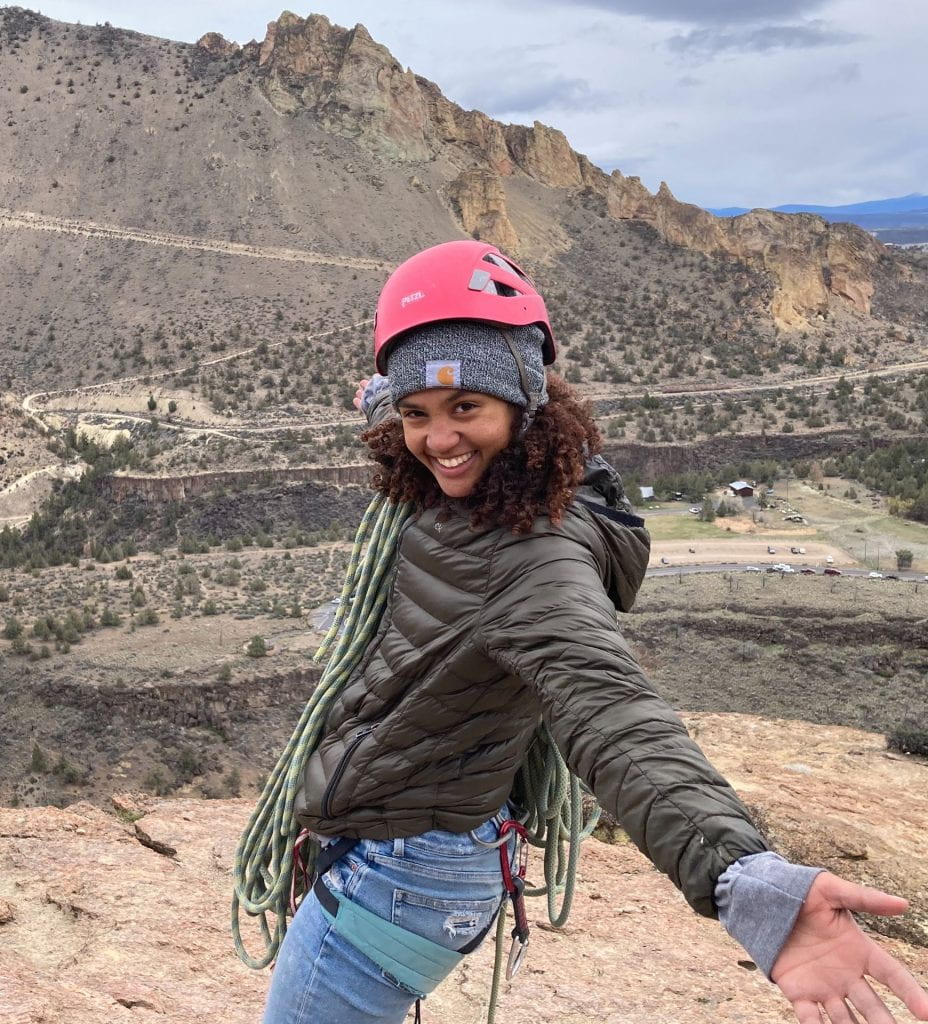
Graduate Student
The camera-like eye found in humans and octopuses presents a classic example of convergent evolution. Despite this similarity, there are dramatic differences in the brain structures that process visual information. My research currently focuses on how the functional organization of the octopus brain processes polarized light, with a future goal of investigating how their perception and neural circuity gives rise to complex behaviors such as camouflage. Additionally, I aim to share my passion for making discoveries through being curious by bringing octopuses into classrooms and introducing students to the growing world of cephalopod neurobiology.
contact: vallen (at) uoregon (dot) edu
Denise Piscopo
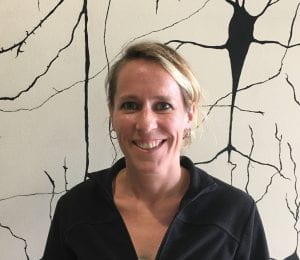
Research scientist
My background is in molecular biology and genetics, and I was introduced to neuroscience studying spine plasticity and addiction in Dr. Linda Wilbrecht’s lab. As a long-term research scientist in the Niell lab, my goal is to implement and apply novel techniques to enable studies of visual system function and plasticity. I previously generated a GCaMP6 mouse line that is now in wide use and performed a large-scale characterization of visual responses in mouse dLGN. I am currently studying the role of cortex in ethological behavior in mice, and the impact of environmental experience on natural visual processing.
Contact: dpiscopo (at) uoregon (dot) edu
Judit Pungor

Postdoctoral Researcher
My research focuses on exploring the functional organization of the visual system of the octopus. Octopuses rely on their keen sense of sight for most everything in their lives, from prey capture and predator evasion, to camouflaging and finding mates. They have a camera-like eye as vertebrates do, which emerged in a stunning case of convergent evolution. While we know a bit about the structural organization of their visual systems, little is known about its functional organization. Using a combination of calcium imaging and tract tracing techniques, I aim to identify what features of the visual world octopuses extract and utilize, and how this visual information is disseminated to higher order processing centers in their central brain.
Contact: jpungor (at) uoregon (dot) edu
Issac Rhim
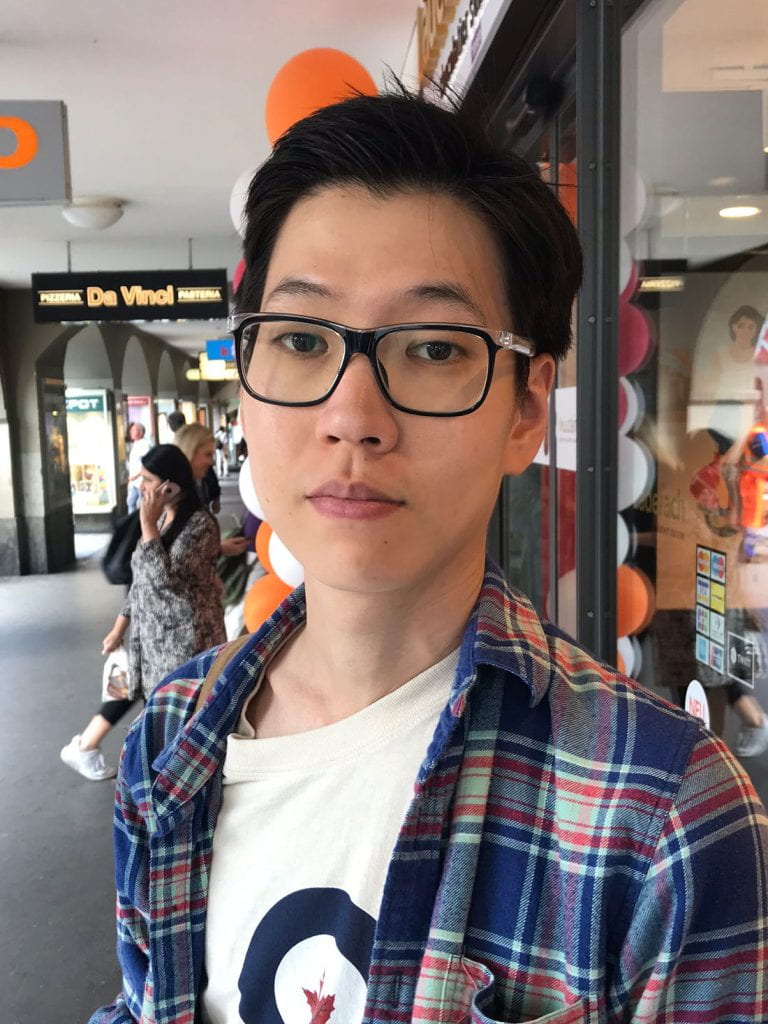
Postdoctoral Researcher
Our brains are remarkable at making continuous decisions based on sensory input, often seamlessly. Even in a simple task, such as walking on a trail, we are able to instantaneously decode the visual space before us and move our feet to propel ourselves forward. However, how the brain effectively translates sensory evidence into actionable outcomes is not well understood. Using vision as the sensory model for information processing, I’m interested in the (1) involvement of the visual cortex in encoding and decoding behavior-relevant features and (2) the neural mechanisms that underlie sensory-to-action translation downstream. To this end, I employ a combination of behavioral assays, electrophysiology, 2-photon microscopy, wide-field calcium imaging, intrinsic signal imaging, genetic tools, and computational methods.
contact: irhim (at) uoregon (dot) edu
Shelby Sharp
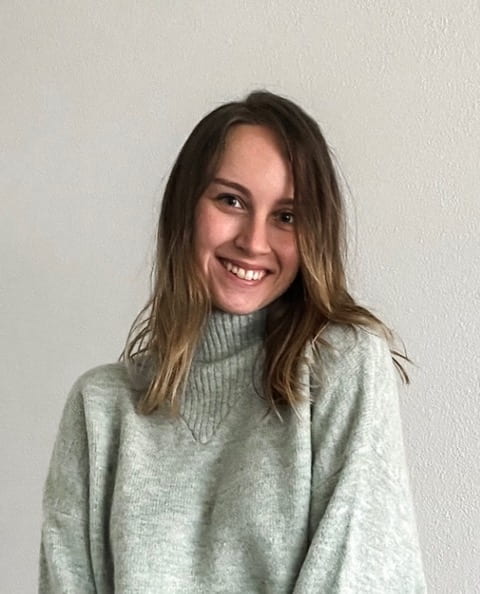
Graduate Student
My research focuses on a central interest of Niell Lab: the relationship between movement and visual processing. Studying vision in head-fixed conditions greatly constrains the animal’s ability to interact with the visual environment, and may thereby limit our understanding of the visual system. My work focuses on comparing head-fixed visual responses to those during natural locomotion in visual cortex and superior colliculus in mice. Additionally, I am interested in functional cell types in both V1 and SC and how they are modulated by natural locomotion; specifically suppressed-by-contrast cells in V1, and wide-field and narrow-field cells in SC. I’m using electrophysiological recordings as well as eye and body movement tracking during head-fixation and free movement to explore these questions. This work will improve our understanding of the computations that occur during natural vision.
Contact: ssharp3@uoregon.edu
Michael Sidikpramana
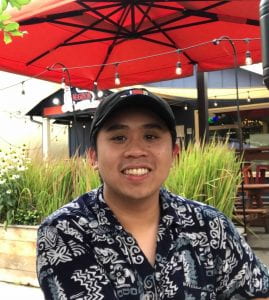
Graduate student
A central aim of the Niell lab is to further our understanding of vision in the context of naturalistic behavior. My project in the Niell lab focuses on visually guided locomotion, specifically how skillful movement through cluttered environments emerges from the continuous interaction between an agent and its environment. This ability to avoid objects in one’s environment is a highly conserved cognitive process found across many species. The visual scene holds information critical for object avoidance and some of this information can only be accessed as the visual scene changes when one moves through the environment. By studying how freely moving mice navigate cluttered environments, I aim to elucidate what features of the visual scene aid object avoidance and how these features are represented in the brain. This work will provide a better understanding of how vision is used in the context of natural behavior.
Contact: msidikpr@uoregon.edu
Jeremea Songco
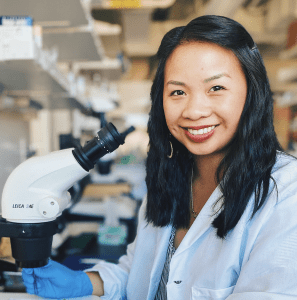
Graduate student
Octopuses rely on vision for a range of behaviors—from navigating underwater to camouflaging with their surroundings. While these animals can be perceived as the “aliens” of marine life, they remarkably have camera-like eyes (like ours) with anatomically similar structures. This prime example of convergent evolution raises the question of whether the octopus and vertebrate visual systems are similar at the neural circuit and molecular level, or whether cephalopods evolved novel circuits for visual processing. To address this, my research combines single cell RNA-sequencing techniques with fluorescence in situ hybridization to determine cellular identities in the octopus visual system based on molecular signatures and spatial expression patterns. In addition to appreciating diversity in model organisms and cell identities, I am also actively involved in promoting equity and inclusion through graduate student organizations, such as A Community for Minorities in STEM and Womxn in Neuroscience Through social events, scholarship opportunities, and science communication outlets, these organizations facilitate community integration and foster productive conversations on race and gender disparities in STEM.
Contact: jsongco (at) uoregon (dot) edu
Previous Members
Elliott Abe
Graduate Student
Current: Postdoc, Univ of Washington (Bing Brunton lab)
Philip Parker
Postdoctoral Fellow
Current: Assistant Professor, Rutgers University
Emmalyn Leonard
Undergraduate researcher
Current: Graduate student, Stanford
Dylan Martins
Undergraduate researcher
Current: Graduate student, UC Santa Barbara
Angie Michaiel
Graduate Student
Currently: Science Fellow, Kavli Foundation
Mandi Severson
Lab Manager
Currently: Graduate student, UT Austin
Ian Etherington
Research associate
Currently: Graduate student, Yale
Hannah Bishop
Postdoctoral Researcher
Currently : Teaching faculty, University of Oregon
Johanna Tomorsky
Graduate Student
Currently: Post-doc, Stanford (Shatz lab)
Jennifer Hoy
Postdoctoral Researcher
Currently : Associate Professor, University of Nevada – Reno
Joseph Wekselblatt
Graduate Student
Currently: Post-doc, Caltech (Doris Tsao lab)
Wayne Tschetter
Postdoctoral Researcher
Currently: Assistant Professor, Concordia University